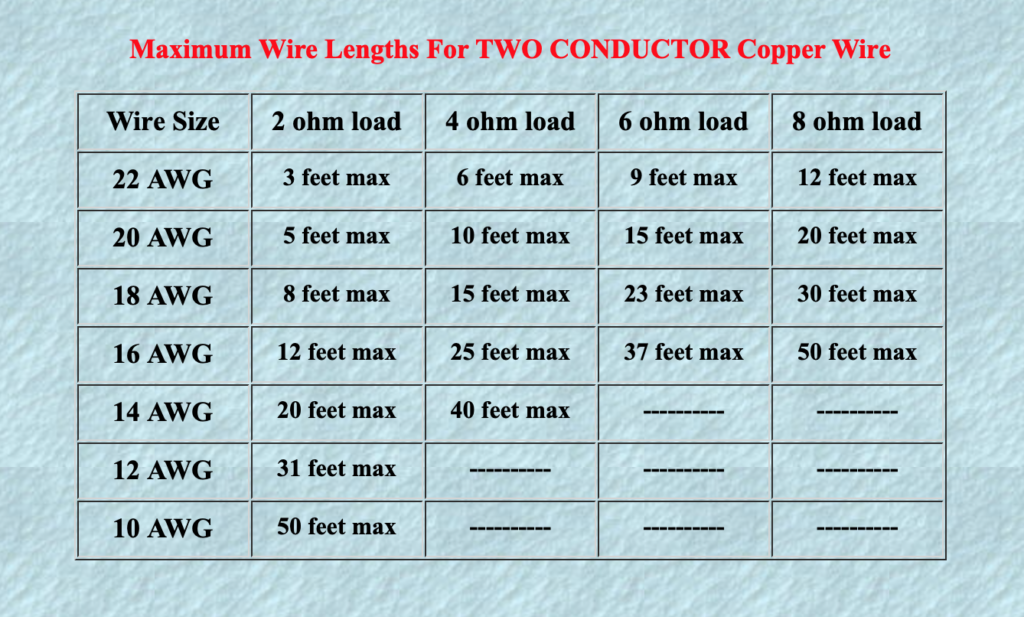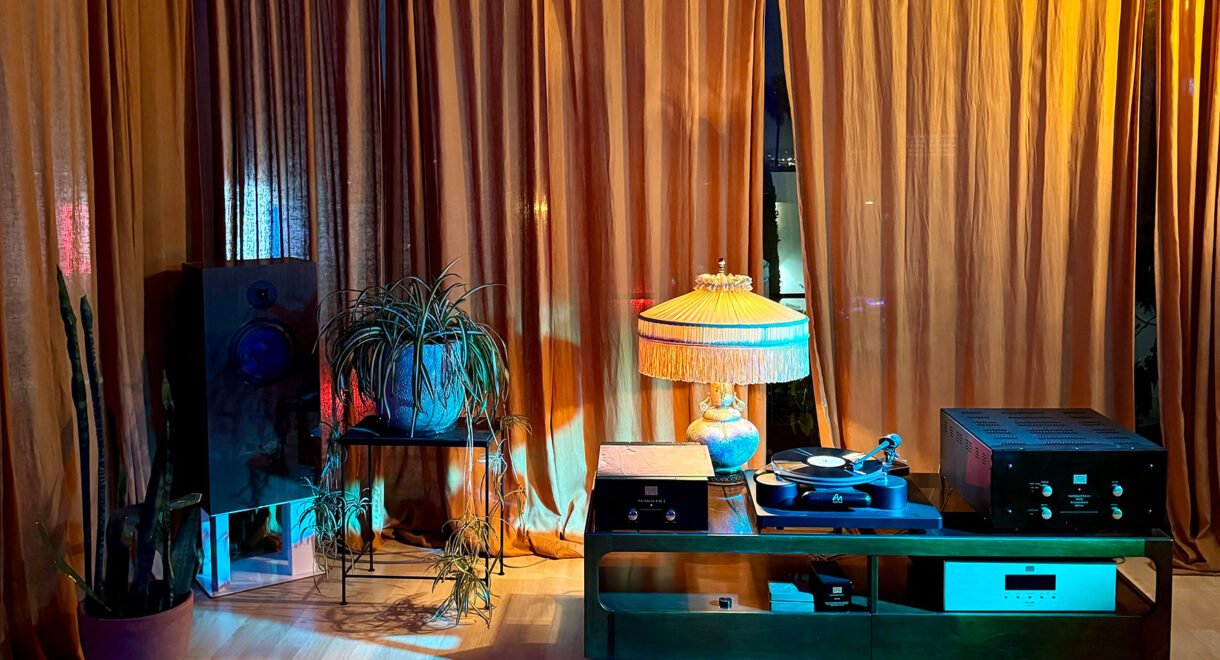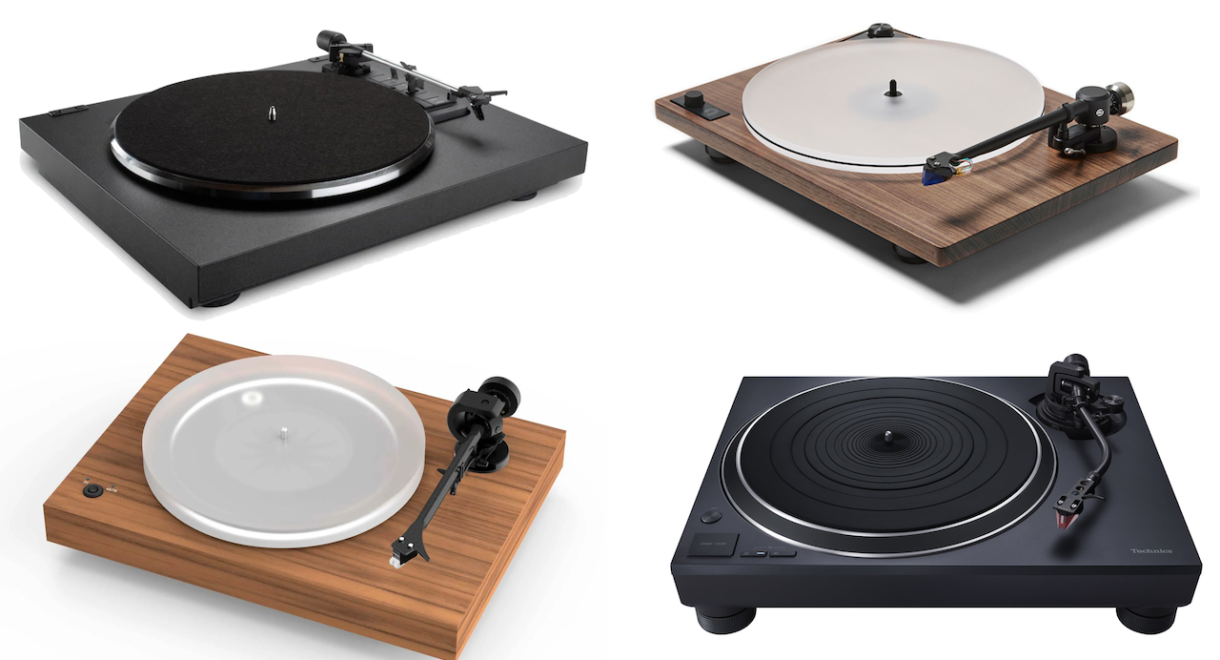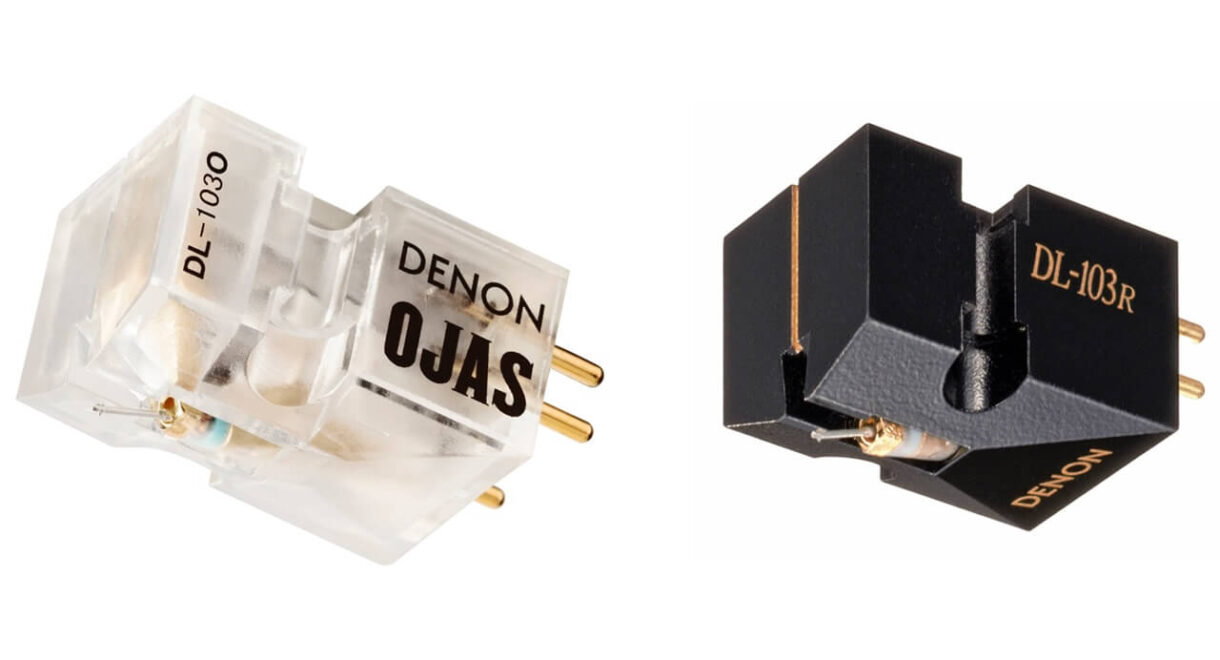Transparent clarity, deep bass, and “Invisible Sound” from German audio company ADS. Background: One of the lesser known hi-fi brands of the ’70s, ADS (Analog and Digital Systems) […]
Speaker Wire Doesn’t Matter. Does it?

Read McIntosh engineer Gordon Gow’s famed ‘Speaker Wire Listening Test.’
If you hang out in a hi-fi group for any length of time, inevitably the question of speaker wire comes up. What gauge? Regular copper or oxygen free? Does copper purity matter? What about distance from speaker to amp? Should you worry about conductivity? Corrosion resistance?
These are valid questions, but the more you research and learn the more you see that there are a lot of shysters out there looking to profit off of what, in the end, regards a simple equation easily solved.
The oft-ridiculous arguments for and against certain approaches to connecting speakers to amplifier can be best synopsized by this comment on a popular Facebook group:
“Cloth lamp cord from the 1960s. But it has to be made in Baltimore not Chicago. And it has to be made on Tuesday in the AM not any other day.”
At the other end of the spectrum is another response arguing that it makes no difference unless there’s a question of distance:
“Home depot 16/2 lamp wire …don’t spend one cent more unless you are running it over 50 feet.”
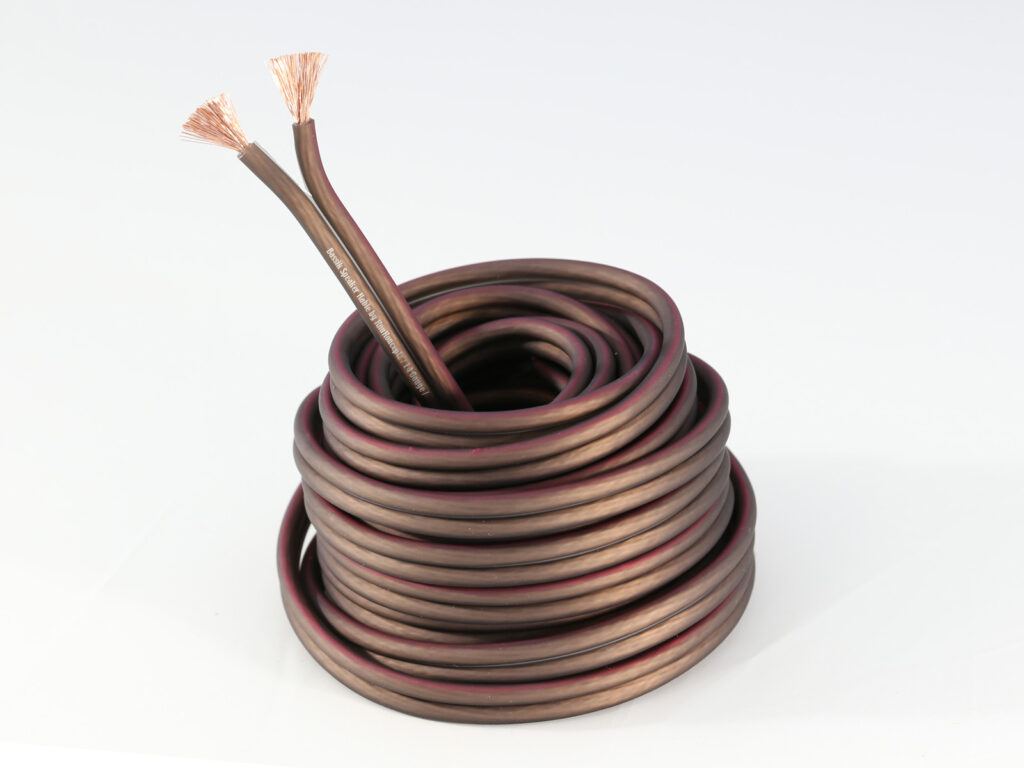
Amid all of these conversations about speaker wire, we came across a fascinating story that pretty much debunks 90% of the arguments for investing too heavily into speaker wire. Written by audio engineer Roger Russell, it presents an overview of the various arguments for and against listening differences based on wire quality. The most compelling was a story about Gordon Gow, president of McIntosh:
In the early 1980’s, special speaker wires were beginning to appear on the market. Some of the claims were totally unbelievable and had prices to match. Realizing that wire resistance was the critical factor in speaker wire, Gordon Gow, President of McIntosh Laboratory, used a speaker cable demonstration to show there was no listening difference between these wires and plain line cord. He delivered his presentation about the truth in speaker wire using a reel of Monster cable to stand on. Fifty-foot lengths of wire were used in the comparison.
The controlled demonstration provided an instant A/B comparison. Listeners didn’t know the wire configuration. The result: “It can be solid, stranded, copper, oxygen free copper, silver, etc. — or even ‘magic’ wire — as long as the resistance is kept to be less than 5% of the speaker impedance. There is no listening difference as long as the wire is of adequate size.” Gow performed this demonstration all over the country.
In a 1983 issue of Stereo Review, writer Laurence Greenhill published a survey called, “Speaker Cables: Can You Hear the Difference?” Notes Russell: “It compared Monster cable, 16-gauge wire and 24-gauge wire. The price at that time for a pair of 30-foot lengths of monster cables was $55.00. The cost for 16 gauge heavy lamp cord was $.30/foot or $18.00 and the 24 gauge “speaker wire” was $.03/foot or $1.80.”
Greenhill’s conclusion?
So what do our fifty hours of testing, scoring and listening to speaker cables amount to? Only that 16-gauge lamp cord and Monster cable are indistinguishable from each other with music and seem to be superior to the 24 gauge wire commonly sold or given away as ‘speaker cable.’
He did include a caveat, though:
Remember, however, that it was a measurable characteristic — higher resistance per foot — that made 24-gauge sound different from the other cables. If the cable runs were only 6 instead of 30 feet, the overall cable resistances would have been lower and our tests would probably have found no audible differences between the three cables.
Still, the conclusion was pretty definitive:
This project was unable to validate the sonic benefits claimed for exotic speaker cables over common 16-gauge zip cord. We can only conclude, therefore, that there is little advantage besides pride of ownership in using these thick, expensive wires.
Read more about these tests and arguments at Russell’s site, which features this useful old school HTML chart:
